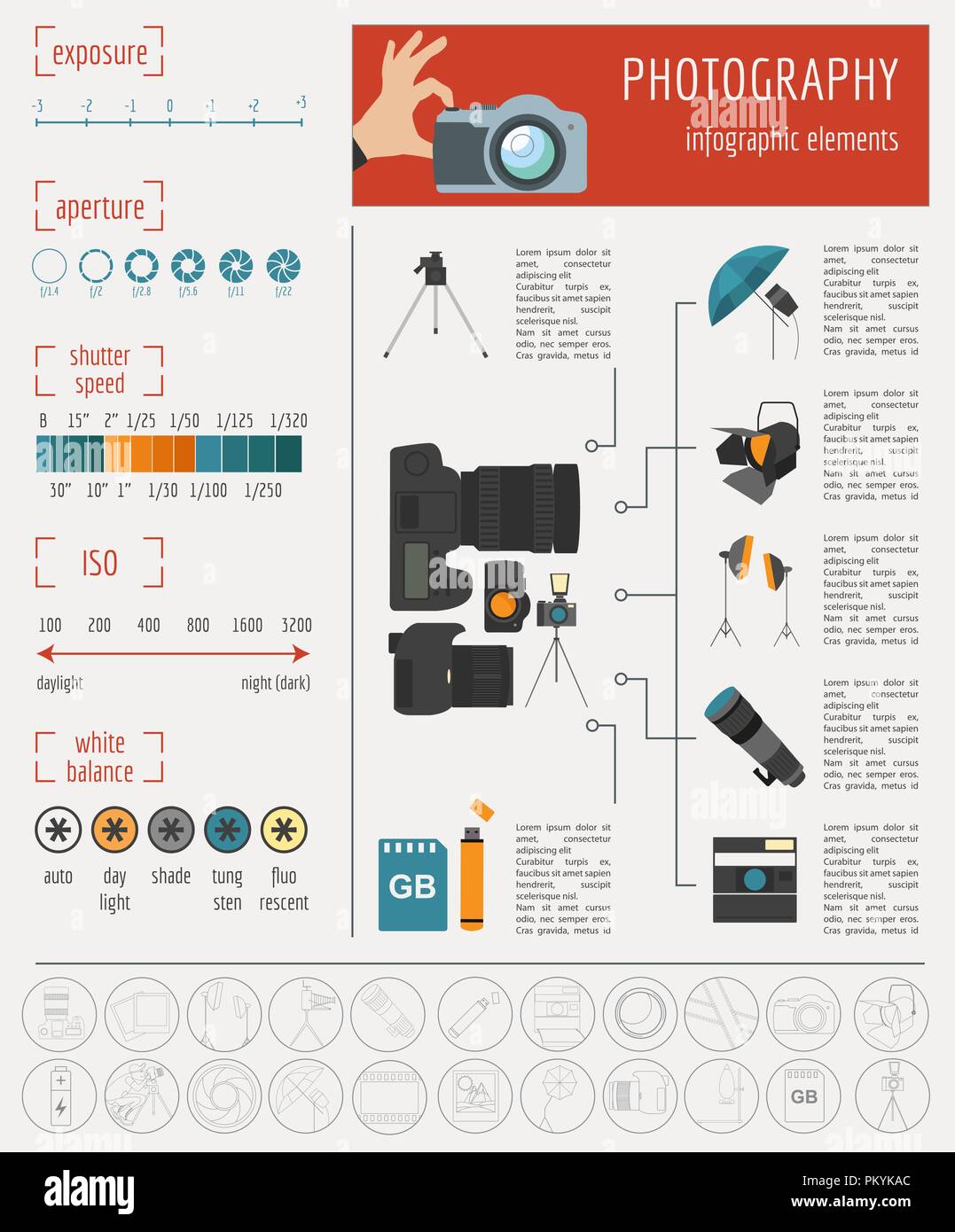Change Your Digital Photography By Mastering Lights Strategies That Can Raise Your Images-- Uncover The Usual Mistakes That Could Be Holding You Back
Change Your Digital Photography By Mastering Lights Strategies That Can Raise Your Images-- Uncover The Usual Mistakes That Could Be Holding You Back
Blog Article
Article Created By-Beck Heath
As a digital photographer, you know that lights can make or damage your photos. Understanding the subtleties of both all-natural and artificial light is necessary for recording the mood and quality you go for in your job. Whether you're chasing after the perfect golden hour glow or adjust your artificial setups, understanding these aspects can boost your digital photography considerably. Yet there are common challenges that lots of neglect, and identifying them can change your approach to every shoot. Allow's explore what you may be missing out on and just how it can influence your outcomes.
Recognizing Natural Light
Understanding all-natural light is vital for any professional photographer seeking to boost their work. It's the structure of wonderful digital photography, affecting state of mind, tone, and quality. When you fire outdoors, take notice of the time of day. The golden hour-- quickly after daybreak and prior to sunset-- offers soft, cozy light that can transform normal scenes right into magnificent pictures.
Don't undervalue the power of overcast days. Cloud cover diffuses sunlight, producing a soft, even light that's ideal for pictures and macro photography. You'll discover shades appear this type of lighting without rough shadows.
Positioning issues, as well. Always consider your topic's positioning to the light source. If the sun's behind your topic, you might end up with a shape, which can be dramatic yet mightn't be what you want. On the other hand, direct sunshine can develop unflattering darkness.
Trying out angles; in some cases, changing your viewpoint can produce impressive results. Use natural reflectors, like water or sand, to bounce light onto your topic, including dimension.
Mastering Artificial Light
Mastering synthetic light is crucial for professional photographers who wish to take their skills to the next degree. Whether you're using speedlights, studio strobes, or continuous lights, comprehending how to manipulate these sources can considerably enhance your photos.
Beginning by acquainting yourself with the basics of light top quality, direction, and color temperature. Trying out various modifiers like softboxes, umbrellas, or grids to control the gentleness or violence of the light.
You'll find that soft light typically produces flattering outcomes, while harsher light can include dramatization and deepness. Do not shy away from shadows; they can improve the three-dimensionality of your subjects.
Pay close attention to the placement of your lights. A light located as well near to your subject can develop unflattering results, while also far can result in a lack of detail. Utilize a light meter or your video camera's histogram to guarantee you're subjecting correctly.
Finally, remember that fabricated light can be combined with ambient light for creative results. Stabilizing these resources could take technique, but once you grasp it, your photography will genuinely radiate.
Methods for Various Circumstances
When you enter various capturing circumstances, adjusting your lighting methods is crucial for recording the best photos. For outside portraits, make use of the golden hour-- early morning or late afternoon light-- to soften darkness and enhance complexion.
If it's a rough midday sun, consider making use of a reflector to bounce light back onto your subject or seek shaded areas for a much more also direct exposure.
In low-light circumstances, like indoor events, enhance your ISO and use a large aperture to let in more light. A tripod can assist eliminate cam shake, enabling longer direct exposures without blurring.
If you're shooting at night, try out off-camera flash to develop dynamic lights and depth in your images.
For item photography, utilize diffused illumination to avoid rough representations. Softboxes or light tents can assist achieve this effect.
When photographing landscapes, think about the direction of light and time of day, as it can drastically change the mood of your shot.
Constantly be ready to change your setups and positioning based on the situation, as adaptability is crucial to grasping lights in photography.
Conclusion
To conclude, understanding lighting is crucial to raising your photography abilities. Accept natural light's beauty throughout gold hour, and don't shy away from experimenting with man-made light methods. By adapting Where to take photos for copyright card to different situations, you'll catch sensational pictures that resonate with emotion and clearness. Remember, https://postheaven.net/albert1rosalyn/comparing-popular-cameras-which-one-is-best-for-you can change a regular shot into something phenomenal, so maintain practicing and refining your understanding of both all-natural and synthetic light. Satisfied capturing!
